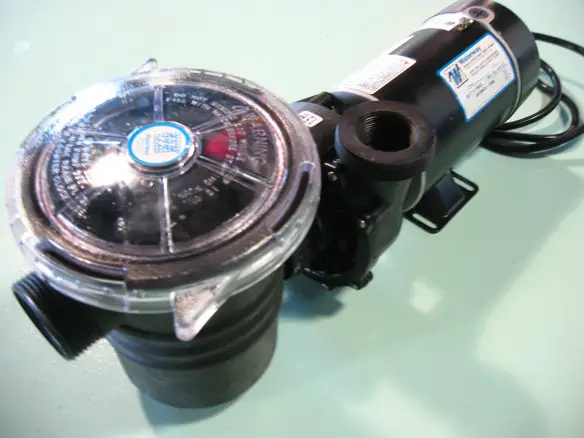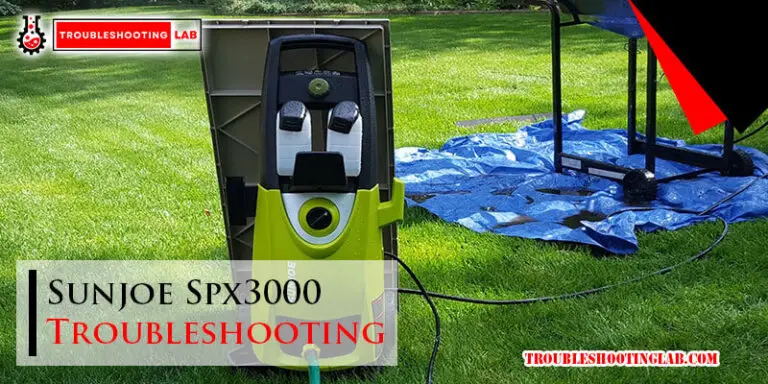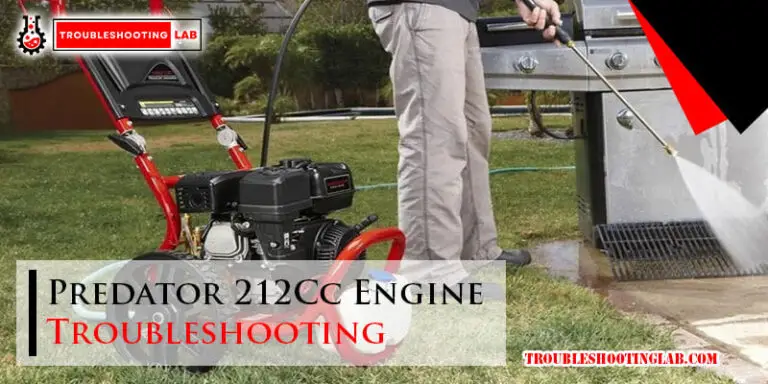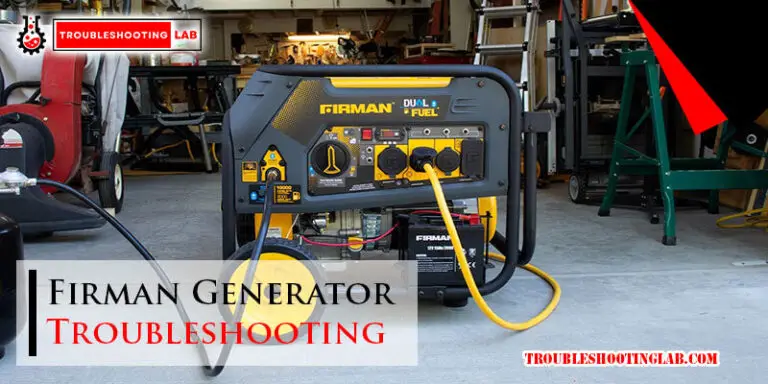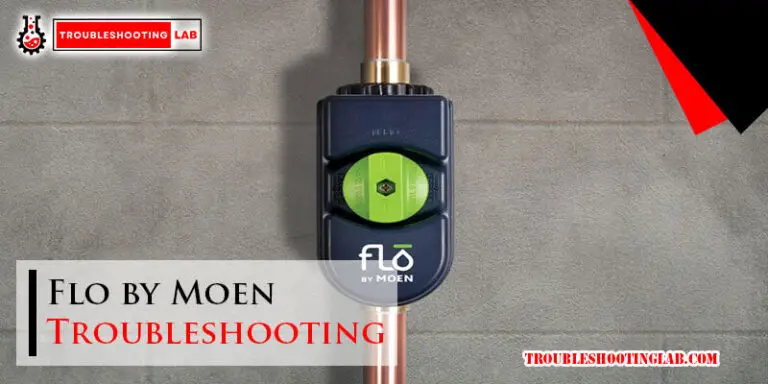Northstar Water Softener Troubleshooting Guide: Quick Solutions
A Northstar water softener can be a great addition to your home. Yet, like any appliance, it may face issues.
Understanding how to troubleshoot these problems is essential. In this guide, we will explore common issues with Northstar water softeners and provide easy solutions. From salt bridges to error codes, we cover it all. This will help you maintain your system and ensure it works efficiently.
Whether you are a first-time user or have had your unit for years, this guide will be helpful. By the end, you will feel more confident in handling minor problems yourself. So, let’s dive in and keep your water softener running smoothly!
Common Issues
Experiencing issues with your Northstar water softener can be frustrating. Knowing the common problems can help you troubleshoot and fix them quickly. Here, we explore some typical issues you might face with your water softener.
Low Water Pressure
One common issue is low water pressure. This can happen if the water softener is clogged. Dirt and debris can build up in the system. Regularly cleaning the unit can prevent clogs. Check the filter and clean or replace it if needed. Ensuring the bypass valve is in the correct position also helps maintain water pressure. If problems persist, inspecting the plumbing for blockages might be necessary.
Hard Water Signs
Another issue is the presence of hard water signs. These include spotting on dishes and soap scum buildup. If you notice these signs, the water softener may not be working correctly. Check the salt level in the brine tank. Low salt levels can cause the system to stop softening water. Adding more salt can resolve the issue. Also, ensure the regeneration cycle is running properly. If the cycle is not set correctly, the system will not soften water effectively.
Credit: northstarwater.zendesk.com
Understanding Error Codes
Dealing with error codes on your Northstar Water Softener can be frustrating. Understanding these error codes helps you troubleshoot the problem quickly. This guide will walk you through the most common error codes, including Code E1 and Code E2.
Code E1
Code E1 typically indicates a problem with the water softener’s motor. The motor may not be running correctly or could be stuck. Follow these steps to troubleshoot Code E1:
- Ensure the unit is plugged in and receiving power.
- Check for any obstructions in the motor area.
- Inspect the motor for visible damage.
- Listen for unusual noises coming from the motor.
If the motor appears damaged, it may need replacing. Always consult the user manual or contact a professional for further assistance.
Code E2
Code E2 often points to a problem with the water flow meter. The meter may not be functioning correctly or could be blocked. Here’s how to address Code E2:
- Ensure the water flow is not restricted.
- Check the flow meter for blockages.
- Clean the flow meter if necessary.
- Verify that the flow meter is properly connected.
If the error persists, the flow meter might need replacement. Refer to the user manual or seek professional help for more detailed instructions.
No Soft Water
Facing the issue of No Soft Water from your Northstar Water Softener can be frustrating. This guide will help you troubleshoot the problem effectively. Follow these steps to get your water softener working smoothly again.
Check Salt Level
The first step is to check the salt level in the brine tank. A low salt level can prevent the softener from working correctly.
- Open the brine tank lid and look inside.
- If the salt level is below half, add more salt.
- Ensure the salt is not forming a hard crust, which can block the system.
Keeping a proper salt level is crucial for the softener to function well.
Inspect Brine Tank
Next, inspect the brine tank for any issues. Sometimes, the problem lies within the tank itself.
- Check for any signs of dirt or debris.
- Ensure the brine line is not clogged.
- Look for any damage to the tank or its components.
If you find any issues, clean the tank and remove any blockages. This helps maintain the efficiency of your water softener.
By following these steps, you can often resolve the No Soft Water issue without needing professional help. Regular maintenance and checks can keep your Northstar Water Softener in good condition.
Credit: northstarwater.zendesk.com
Regeneration Problems
Regeneration problems in a Northstar water softener can disrupt its efficiency. These issues might result in hard water, affecting your daily chores. Understanding the root cause helps resolve the problem quickly.
Motor Failure
A common issue is motor failure. If the motor isn’t running, the water softener won’t regenerate. First, check if the motor is receiving power. Inspect the power cord and connections. Look for signs of wear or damage. If the motor is still not working, it might need replacement. Consult the user manual for guidance.
Timer Settings
Incorrect timer settings can also cause regeneration problems. The timer controls when the regeneration cycle starts. Ensure the timer is set correctly. Check the current time and the regeneration time. Both should be accurate. If the timer is malfunctioning, reset it. Refer to the manual for detailed instructions.
Water Leaks
Dealing with water leaks in your Northstar water softener can be frustrating. Leaks can cause water damage and affect the efficiency of your system. This troubleshooting guide will help you identify and fix common issues related to water leaks. Let’s start by examining some of the most frequent causes.
Loose Fittings
Loose fittings are a common cause of water leaks in water softeners. Check all the fittings and connections. Make sure they are tight and secure. Use a wrench to tighten any loose connections. Be careful not to over-tighten, which can cause damage.
- Check the inlet and outlet connections.
- Inspect the bypass valve for leaks.
- Ensure the drain hose is secure.
If tightening the fittings doesn’t solve the problem, you may need to replace the fittings or use plumber’s tape to ensure a tight seal.
Damaged Seals
Seals in your water softener can wear out over time. Damaged seals can cause leaks. Inspect the seals in your unit. Look for any signs of wear or damage. Replace any damaged seals promptly.
| Seal Location | Common Issues |
|---|---|
| Valve Seals | Wear and tear, leaks around the valve area |
| O-Rings | Cracks, dry rot, improper seating |
To replace a seal, turn off the water supply. Remove the old seal and replace it with a new one. Ensure the new seal is seated properly to prevent future leaks.
Salt Bridges
Salt bridges are a common issue with Northstar water softeners. These hard crusts of salt form in the brine tank, preventing proper water softening. Understanding and resolving salt bridges is essential for maintaining your water softener’s efficiency.
Identify Salt Bridges
To identify salt bridges, look inside the brine tank. Use a broom handle or similar tool to push into the salt. If the handle stops before reaching the bottom, a salt bridge is present. Another sign is hard water symptoms despite having enough salt.
Remove Salt Bridges
To remove salt bridges, start by turning off the water softener. Use a broom handle or long stick to break the crust. Gently push through the salt to avoid damaging the tank. After breaking the bridge, scoop out the loose salt and discard it.
Next, check the salt level and add fresh salt if needed. Turn the water softener back on. Run a manual regeneration cycle to ensure proper function. Regularly check the brine tank to prevent future salt bridges.
Resin Bead Issues
Resin beads are essential in a Northstar water softener. They remove hard minerals like calcium and magnesium from your water. But sometimes, issues with these beads can arise. This section will guide you through common resin bead problems and how to fix them.
Contaminated Resin
Contaminated resin beads can cause the water softener to lose efficiency. Dirt, iron, and other impurities can clog the beads. This prevents them from working effectively. Here are some signs of contaminated resin:
- Water feels hard.
- Iron stains on sinks and fixtures.
- Foul odor from the water.
If you notice these signs, the resin beads may need cleaning. You can clean them with a resin cleaner. Follow these steps:
- Turn off the water softener.
- Disconnect the unit from the water supply.
- Add resin cleaner to the brine tank.
- Run a manual regeneration cycle.
Cleaning the resin beads can restore their function. If the problem persists, you may need to replace the resin.
Replacing Resin
Sometimes, cleaning the resin beads is not enough. Over time, resin beads can wear out and lose their effectiveness. Replacing the resin can help. Follow these steps to replace the resin:
- Turn off the water softener.
- Disconnect the unit from the water supply.
- Remove the control valve and brine tank.
- Dump the old resin beads.
- Rinse the tank with clean water.
- Add new resin beads to the tank.
- Reattach the control valve and brine tank.
- Reconnect the unit to the water supply.
- Run a manual regeneration cycle.
Replacing the resin beads can extend the life of your water softener. It ensures you continue to have soft, clean water.
By following these steps, you can troubleshoot and fix common resin bead issues in your Northstar water softener. Regular maintenance can prevent these problems from occurring.
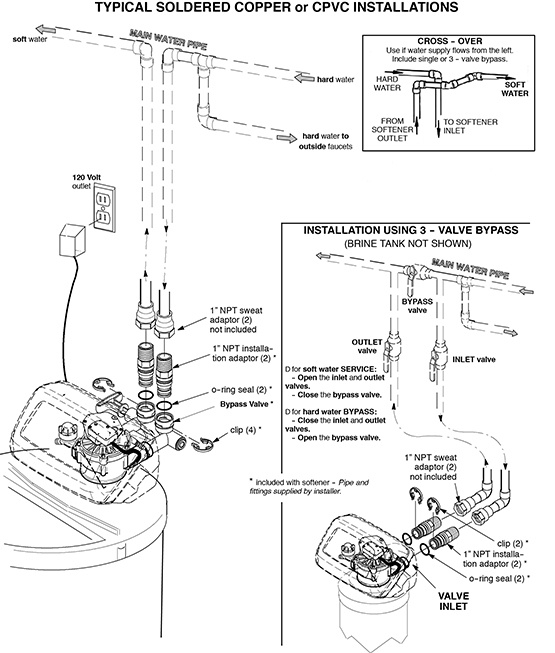
Credit: www.northstarwater.com
Maintenance Tips
Proper maintenance of your Northstar Water Softener ensures its long life. It also improves performance. Let’s explore some essential maintenance tips. These will help keep your water softener in top shape.
Regular Cleaning
Regular cleaning is crucial. Start by cleaning the brine tank. Use a mixture of water and bleach. This helps remove any buildup or dirt. Rinse the tank thoroughly after cleaning.
Also, clean the resin tank periodically. This keeps the system efficient. Remove any debris or sediment. It ensures smooth operation.
Routine Inspections
Inspect your water softener regularly. Check for any leaks. Look at the connections and hoses. Ensure they are tight and secure.
Examine the salt level in the brine tank. Keep it at least half full. This ensures the system works properly. Also, check the control settings. Make sure they are set correctly.
Regular inspections help catch issues early. This prevents major problems and costly repairs.
Frequently Asked Questions
How Do I Reset My Northstar Water Softener?
To reset, hold the “REGEN” button for 3 seconds. The system will start a regeneration cycle.
Why Is My Water Softener Not Regenerating?
Check the power supply and timer settings. Ensure there’s enough salt in the brine tank.
What Does The Error Code On My Water Softener Mean?
Error codes indicate specific issues. Refer to your user manual for a detailed explanation of each code.
How Often Should I Clean My Brine Tank?
Clean the brine tank every 6 to 12 months. This ensures optimal performance and prevents salt build-up.
Why Is My Water Softener Leaking?
Leaking can be caused by loose connections or cracked parts. Inspect and tighten connections, or replace damaged parts.
Conclusion
A functioning Northstar water softener ensures clean, soft water. Troubleshooting common issues can save time and money. Regular maintenance helps avoid problems. Follow this guide for quick solutions. Always check the manual for specific instructions. If problems persist, consult a professional.
Proper care extends the life of your water softener. Enjoy hassle-free, soft water every day.

